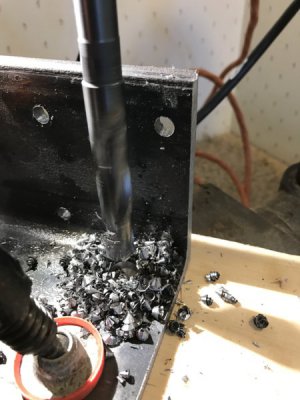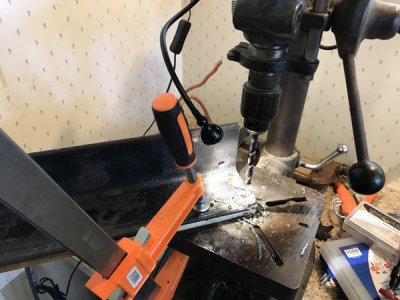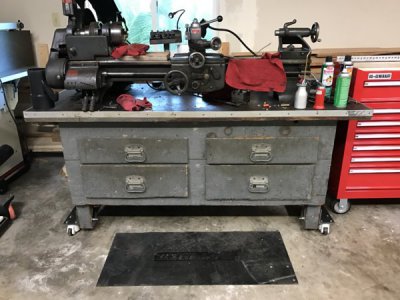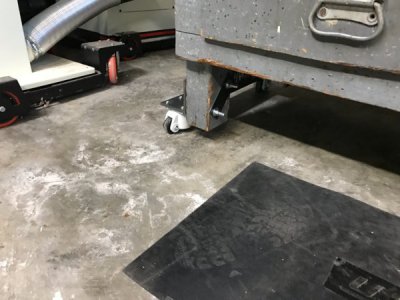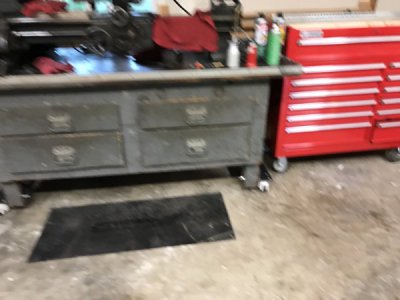- Joined
- Sep 29, 2014
- Messages
- 2,102
1/2" is a small hole so no pilot drill is required.
1/4" drill depth is only .5 diameters so drill through in one shot, no pecks needed, this should take less then 30 seconds per hole of spindle time.
Do not be afraid to push the drill harder then you think safe, you want it to cut a thick chip at all times, if it just rubs the work it will dull quickly.
One of the problems when using a drill press with an uncontrolled spindle is the tool digging in upon exit so place a piece of scrap material underneath then drill through the part and into the backing material, this will not allow the spindle to jump.
Good Luck
1/4" drill depth is only .5 diameters so drill through in one shot, no pecks needed, this should take less then 30 seconds per hole of spindle time.
Do not be afraid to push the drill harder then you think safe, you want it to cut a thick chip at all times, if it just rubs the work it will dull quickly.
One of the problems when using a drill press with an uncontrolled spindle is the tool digging in upon exit so place a piece of scrap material underneath then drill through the part and into the backing material, this will not allow the spindle to jump.
Good Luck

